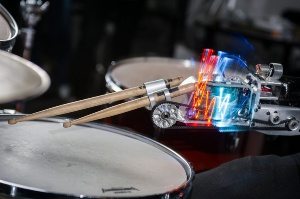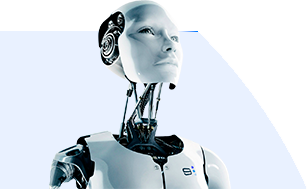
Enzyme Micro Insulin Pump
One of the latest trends in the arena of mechanobiology is a micro-pump designed to autonomously deliver insulin in response to an individual’s glucose levels. Developed by Samudra Sengupta and his team of associates from Pennsylvania State University, the Ural Branch of the Russian Academy of Sciences, and the University of Puerto Rico-Mayagüez, the device is self-powered and is capable of the autonomous delivery of small proteins and molecules in response to biological stimuli, according to phys.org.
This is great news for people suffering from type I diabetes. This disease prevents the pancreas from making enough insulin in response to blood sugar levels. Because this innovative device can autonomously release insulin in response to the surrounding glucose concentration, it effectively takes over the role of the pancreas.
3-D Printed Human Heart
As unlikely as the project may sound, researchers at the University of Louisville, Kentucky are attempting to build a heart using a 3-D printer. The ultimate goal is to create a new heart using a patient’s own cells, so that it can be transplanted without being rejected by the patient’s body.
This is not a new use of 3-D printing technology; scientists have been using it for years and have already created valves, splints and a human ear. Stuart Williams, a cell biologist leading the project, predicts that the team can print the parts and will be able to assemble a complete heart within three to five years. The greatest challenge will be getting all the parts to work together as they would in a normal heart.
Electrical Stimulation Enables Paraplegics to Move
Ground breaking therapy involving epidural electrical stimulation has enabled four paraplegic men, to voluntarily move their limbs. An international team of researchers from the University of Louisville, UCLA and the Pavlov Institute of Physiology implanted each of the patients—who were unable to move their lower limbs—with an epidural stimulator. The device transmits a continuous electrical current to each patient’s lower spinal cord, mimicking the impulses the brain usually transmits to initiate movement. Unexpectedly, the men were able to move their legs immediately after the device was implanted and activated.







